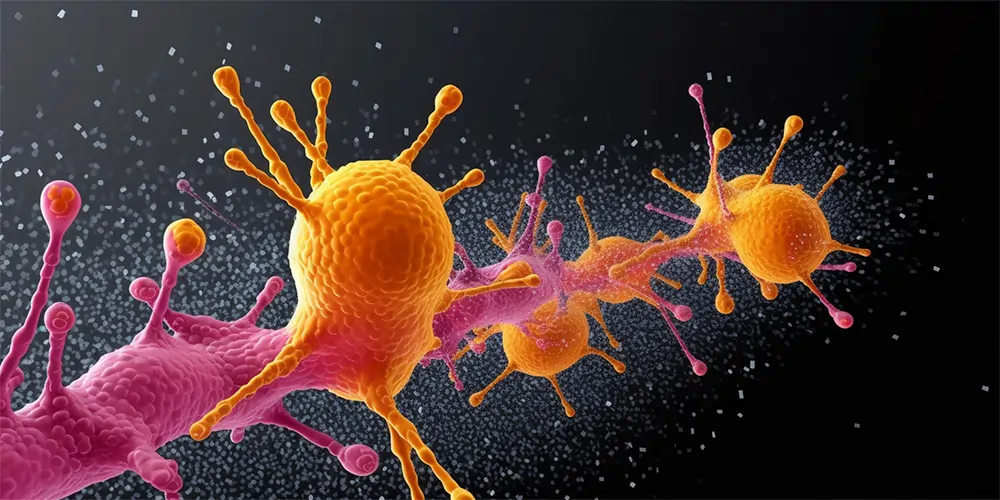Meta, the parent company of Facebook, Instagram, and WhatsApp, has revealed an open-sourced AI tool, ImageBind, aiming to transform the way machines perceive and interpret their surroundings.
The tool, which integrates six data types, including text, audio, images, depth, thermal, and IMU (Inertial Measurement Unit) data, aims to replicate human sensory perception and understanding.
Mimicking Human Perception
ImageBind ventures to mimic human perception by binding different streams of data together, thus facilitating a holistic understanding of the environment.
This integration allows the AI to connect objects in a photo with corresponding sounds, 3D shapes, temperatures, and movements.
The model doesn’t require datasets where all modalities co-occur with each other, providing a more flexible approach to AI learning. A classic example of its application could be a content creator using ImageBind to animate a static image of a rooster and an alarm clock by adding corresponding sounds, thus creating a lively video sequence.
Broadening the Net
Meta’s ImageBind is distinct from other image generators like Midjourney, Stable Diffusion and DALL-E 2.
While these tools pair text with images to generate visual scenes, ImageBind goes further by linking text, images/videos, audio, 3D measurements, temperature data, and motion data.
This capacity to connect various types of data without prior training on every possibility brings us one step closer to AI, that can mimic human learning.
The tool’s ability to generate complex environments from simple inputs such as text prompts, images, or audio recordings could revolutionise areas such as VR, mixed reality, and the metaverse.
This could boost game developers and content creators, who could design immersive, multi-sensory experiences based on minimal input.
Meta’s ambitions for ImageBind also extend to the realm of accessibility, as the tool could generate real-time multimedia descriptions to assist individuals with vision or hearing disabilities better perceive their immediate environments.
Future Prospects and Challenges
The potential of ImageBind is vast. Meta plans to introduce more streams of data, such as touch, speech, smell, and brain fMRI signals, to enable richer human-centric AI models.
However, it’s essential to note that ImageBind is still in its research prototype phase, and being prepared for real-world applications.
The AI race is heating up, with tech giants like Microsoft and Google developing new AI models and tools to entice users.
Meta’s efforts, especially with tools like ImageBind, are viewed as significant strides towards a multi-sensory AI future. However, their previous endeavour, Blenderbot 3, didn’t manage to outshine competitors like OpenAI’s ChatGPT, Microsoft’s Bing, and Google’s Bard AI.
Only time will tell if ImageBind manages to tip the scale in Meta’s favour.
In the meantime, the race continues with OpenAI developing a new tool to understand language model workings, while Google-backed rival Anthropic is focusing on ‘constitutional AI’ for content moderation.




